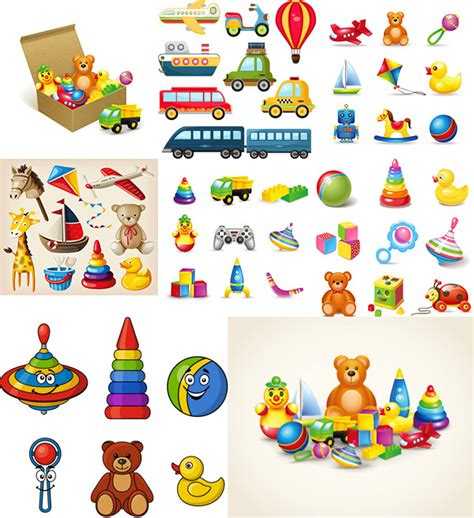卡通玩具排列顺序图片
Title: Designing a Sequence Diagram for Cartoon Toy Production
In the realm of manufacturing cartoon toys, a wellcrafted sequence diagram is pivotal for orchestrating the intricate process from conceptualization to the final product. Let’s delve into the essential steps and considerations for designing such a diagram:
1. Conceptualization and Design:
Key Actors:
Designers, Creative Directors
Activities:
Brainstorming sessions for generating ideas.
Sketching initial concepts.
Reviewing and refining designs based on market trends and target audience preferences.
2. Prototype Development:
Key Actors:
Prototypers, Engineers
Activities:
Creating 3D digital models or physical prototypes.
Conducting feasibility studies to assess manufacturing viability.
Iterating prototypes based on feedback from stakeholders.
3. Material Sourcing:
Key Actors:
Procurement Team, Suppliers
Activities:
Identifying suitable materials for durability, safety, and aesthetic appeal.
Negotiating contracts with suppliers for bulk material procurement.
Ensuring compliance with quality standards and regulations.
4. Manufacturing Process:
Key Actors:
Production Managers, Assembly Workers
Activities:
Injection molding or 3D printing components.
Painting and decorating toys.

Assembling various parts to create the final product.
Quality control checks at each stage to maintain standards.
5. Packaging and Branding:
Key Actors:
Packaging Designers, Marketing Team
Activities:
Designing packaging materials that align with the brand identity.
Creating labels, tags, and instructional materials.
Incorporating branding elements for brand recognition.
Testing packaging for durability and visual appeal.
6. Distribution and Logistics:
Key Actors:
Logistics Managers, Distributors
Activities:
Warehousing finished products.
Managing inventory and tracking stock levels.
Coordinating transportation and delivery to retailers.
Handling returns and managing reverse logistics processes.
7. Marketing and Sales:
Key Actors:
Marketing Managers, Sales Representatives
Activities:
Developing marketing campaigns to promote the new toy line.
Collaborating with retailers for product placement and promotion.
Conducting market research to understand consumer preferences.
Analyzing sales data to refine marketing strategies.
8. Customer Feedback and Iteration:
Key Actors:
Customer Service Team, Product Development Team
Activities:
Gathering feedback from customers through surveys and reviews.
Analyzing feedback to identify areas for improvement.
Iterating on product design or features based on customer suggestions.
Continuously monitoring market trends for future product iterations.
Guiding Principles for Designing the Sequence Diagram:
Clarity:
Ensure each step is clearly defined with concise descriptions.
Sequential Order:
Arrange activities in a logical sequence to depict the flow of the manufacturing process.
Roles and Responsibilities:
Clearly delineate the actors involved in each activity to avoid confusion.
Feedback Loops:
Incorporate feedback loops to emphasize the iterative nature of product development.
Flexibility:
Allow for flexibility to accommodate variations in the manufacturing process based on factors like customization requirements or unforeseen challenges.By meticulously designing a sequence diagram that encapsulates these steps and principles, manufacturers can streamline the production process, enhance collaboration among stakeholders, and ultimately deliver captivating cartoon toys that captivate the hearts of children and collectors alike.
1.本站遵循行业规范,任何转载的稿件都会明确标注作者和来源;2.本站的原创文章,请转载时务必注明文章作者和来源,不尊重原创的行为我们将追究责任;3.作者投稿可能会经我们编辑修改或补充。








